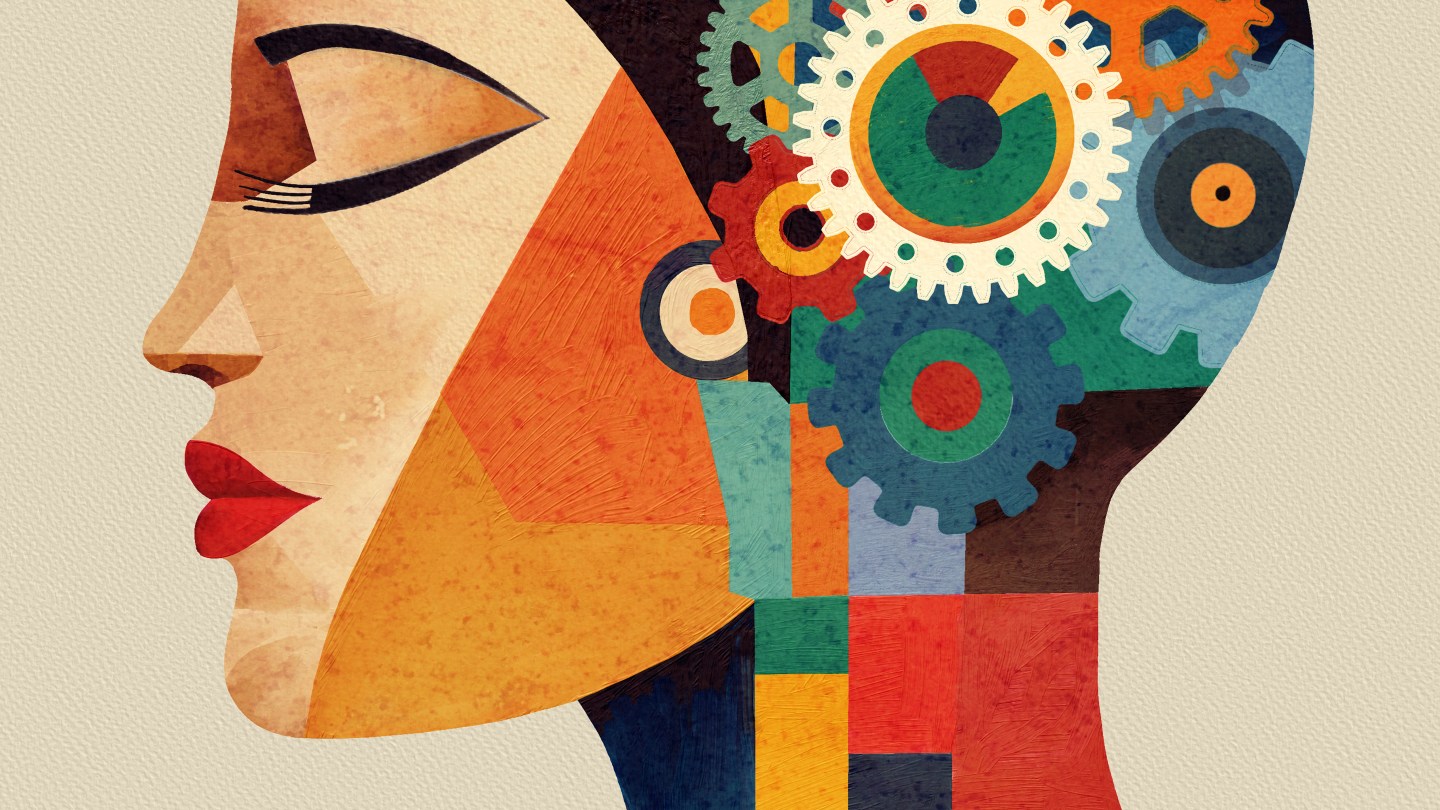A groundbreaking legal battle between artists and artificial intelligence (AI) art generators has taken a significant turn, with a US federal judge advancing key claims in a lawsuit alleging copyright infringement and unauthorized use of vast amounts of online imagery. The ruling could have far-reaching implications for the burgeoning AI art industry.
Judge William Orrick, presiding over the case, found that Stable Diffusion, an AI tool developed by Stability AI, likely relied heavily on copyrighted works for its training data. The judge concluded that the tool's design inherently encourages copyright infringement by providing users with the ability to generate images that closely resemble existing, protected works.
This ruling represents a major victory for the artists involved, including Karla Ortiz, a renowned concept artist who has worked on major film projects like *Black Panther
and *Doctor Strange*. The lawsuit, filed last year, revolves around the LAION dataset, a massive collection of 5 billion images allegedly scraped from the internet and used by Stability AI, Runway ML, and other companies to train their AI models.
The judge dismissed several claims against the companies, including allegations of breach of contract, unjust enrichment, and Digital Millennium Copyright Act (DMCA) violations. However, the lawsuit will move forward to discovery, a crucial stage where the artists can seek further information about how the AI companies obtained and utilised copyrighted materials.
Stability AI and Runway ML argued that their models do not directly store copyrighted images and that the use of such images for training does not constitute copyright infringement. The judge rejected this argument, stating that the artists have sufficiently demonstrated that Stable Diffusion is built upon copyrighted material and that its very design facilitates infringement.
The ruling also casts a shadow over other companies that have incorporated Stable Diffusion into their products, potentially exposing them to legal repercussions. The case has the potential to significantly impact the development and adoption of AI art technologies, particularly in film and animation industries where concerns about copyright infringement and potential job displacement are growing.
The case highlights the complex legal issues surrounding AI art generation, including the question of whether using copyrighted materials for training AI models constitutes copyright infringement. The judge's decision to allow the case to proceed to discovery is a significant step towards addressing these crucial questions and could have far-reaching implications for the future of AI art.
The artists are represented by lawyers who will now seek evidence about the development of Stable Diffusion and the LAION dataset. The case is expected to be closely watched by artists, tech companies, and legal experts alike. The outcome could determine the future of AI art and its potential impact on creative industries.

